Outer Space & Universe
Outer Space & Universe
Space, also known as outer space, is the near-vacuum between celestial bodies. It is where everything (all of the planets, stars, galaxies and other objects) is found.
On Earth, space begins at the Kármán line (100 km above sea level). This is where Earth's atmosphere is said to stop and outer space begins. This is not a firm boundary but is a convention used by scientists and diplomats.
Items in space are free to move back and forth; up and down; and left and right. These three dimensions are what make 3D space. Items also move forward through time, which is sometimes called the fourth dimension.
The majority of space contains very little matter and so most of it is a vacuum. Scientists do not know how big space is but we do know that space is extremely big, and is always expanding.
According to the big bang theory, all matter and energy in the Universe was compressed into a very small space. Then it exploded and started expanding. Space is still growing in size today; this means the distance from one galaxy to distant galaxies is getting longer.
Gravity is the force that keeps the Moon in orbit around the Earth and the planets in orbit around the Sun. Gravity can stretch and bend space similar to how a heavy ball placed on a stretched sheet of rubber will cause the rubber to stretch. The scientist who discovered that space can bend is named Albert Einstein. How gravity bends space is part of his theory of general relativity.
Astronauts, Cosmonauts, Taikonauts and Spationauts
An astronaut is any person who is trained by NASA to travel and perform tasks in space. Although the space traveler may not necessarily be a United States citizen, each astronaut does go through a rigorous training regiment by the National Aeronautics and Space Administration. Other space travelers go by other names then astronaut depending on their country of origin.
In the United States, astronaut is derived from the Greek words ástron (star) and nautis (sailor). While, in Russia, a space traveler goes by the name космонавт (English: cosmonaut), which is derived from the Greek words kosmos (universe) and nautis (sailor). Westerners call a space traveler from China a taikonaut, based on the 1998 writings of Chiew Lee Yik and Chen Lan where the term tàikōng (great emptiness), Chinese for “space”. In China, the term yuháng yuán (universe navigator) is used for space traveler.
Only the United States of America (United States), Russia (earlier, the Union of Soviet Socialist Republics), and the People’s Republic of China (China) have sent manned spacecraft into space. Other countries have assisted these countries by sending their own space travelers on space missions. For instance, a French space traveler is called a spationaut (from the French word spationaute), which is derived from the Latin spatium (space) and Greek nautis (sailor). (plural in Greek nautes = sailors)
-
01:12
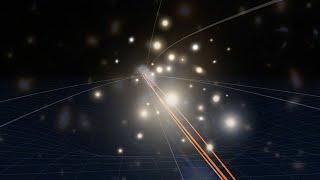
Hubblecast 108 Light: Hubble finds most distant star
Added 526 Views / 0 LikesAstronomers have used Hubble to make an incredible discovery — they have observed the most distant star ever seen. The bright blue star existed only 4.4 billion years after the Big Bang. This incredible distant star allows astronomers to learn more about
-
04:08
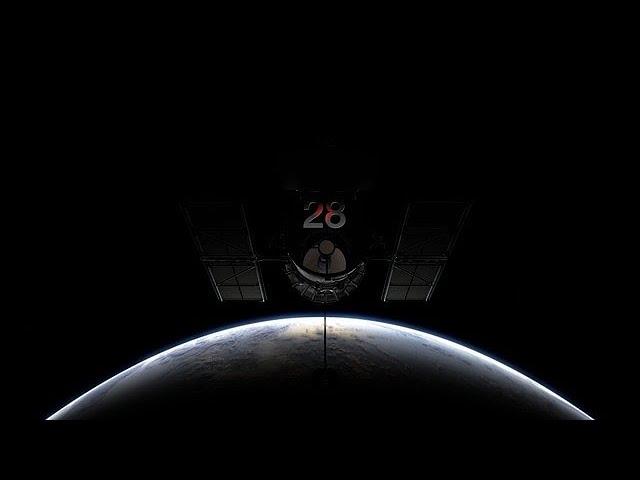
Hubblecast 109: Diving into the Lagoon Nebula
Added 461 Views / 0 LikesOn 24 April 1990, Hubble was launched into space. To celebrate its 28th year in orbit, some of Hubble’s precious observation time was used to observe the colourful Lagoon Nebula. One of only two star-forming nebulae visible to the unaided eye, this specta
-
01:07
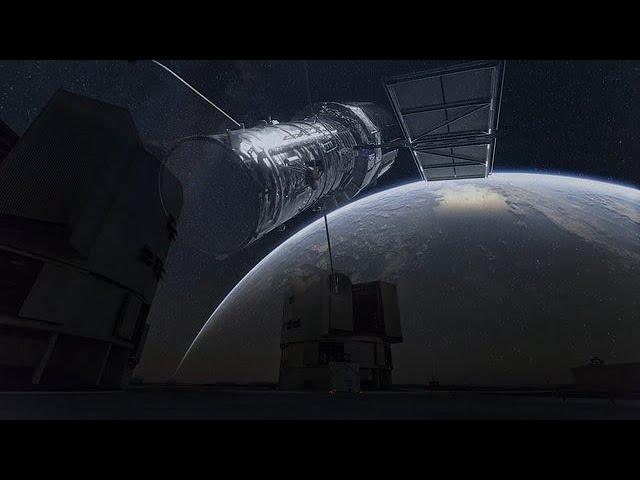
Hubblecast 110 Light: New test of Einstein’s general relativity
Added 417 Views / 0 LikesAn international team of astronomers using Hubble has made the most precise test of general relativity yet outside our Milky Way.A nearby galaxy acts as a strong gravitational lens, distorting light from a distant galaxy behind it to create an Einstein ri
-
06:17
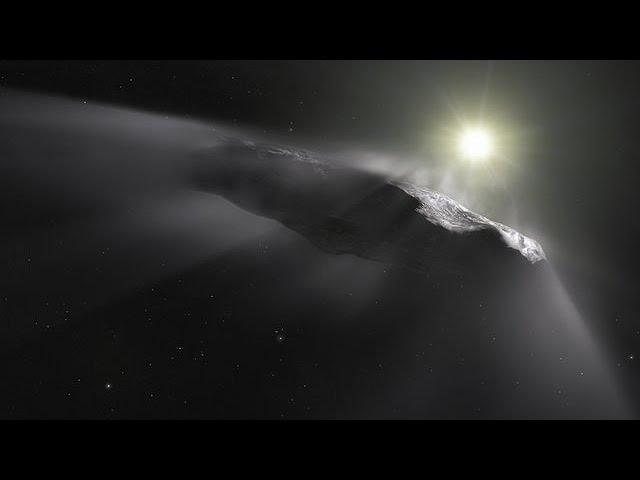
Hubblecast 111: Hubble sees `Oumuamua getting a boost
Added 367 Views / 0 LikesAstronomers have found that ‘Oumuamua, the first interstellar object discovered in the Solar System, is moving away from the Sun faster than expected. Using data from the NASA/ESA Hubble Space Telescope, in cooperation with ground-based telescopes, a team
-
01:21
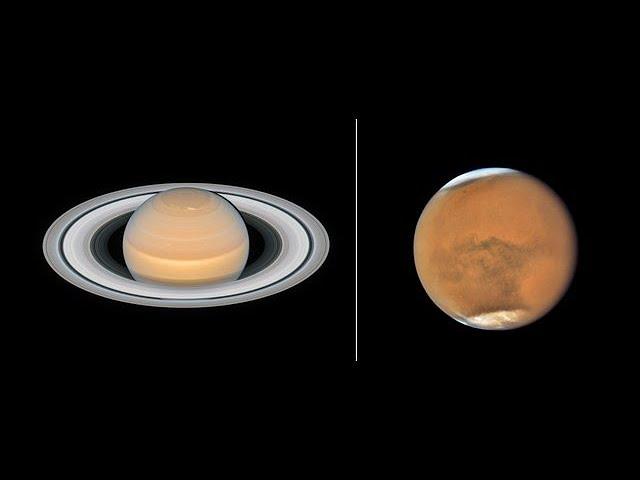
Hubblecast 112 Light: Mars and Saturn
Added 394 Views / 0 LikesMars and Saturn are among the most popular planets. This new episode of the Hubblecast presents the images Hubble took of these planets in summer 2018.You can subscribe to the Hubblecasts in iTunes, receive future episodes on YouTube or follow us on Vimeo
-
05:26
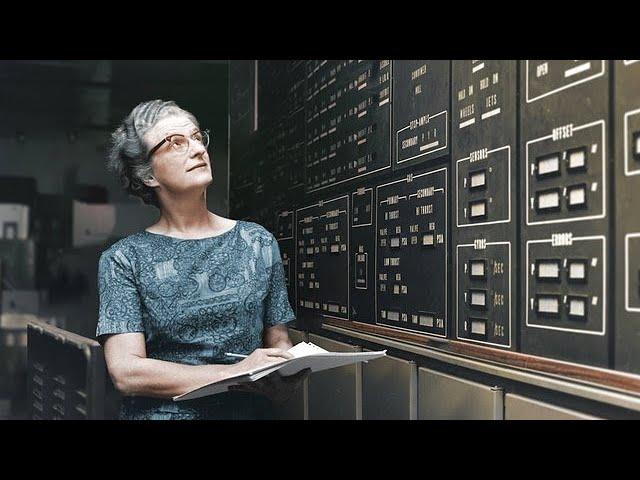
Hubblecast 113: Nancy Roman — The mother of Hubble
Added 376 Views / 0 LikesThis new Hubblecast episode features the story of Nancy Roman and her role in forging the path of one of the greatest scientific instruments in modern history.More information and download options: http://www.spacetelescope.org/videos/hubblecast113a/Subsc
-
04:21
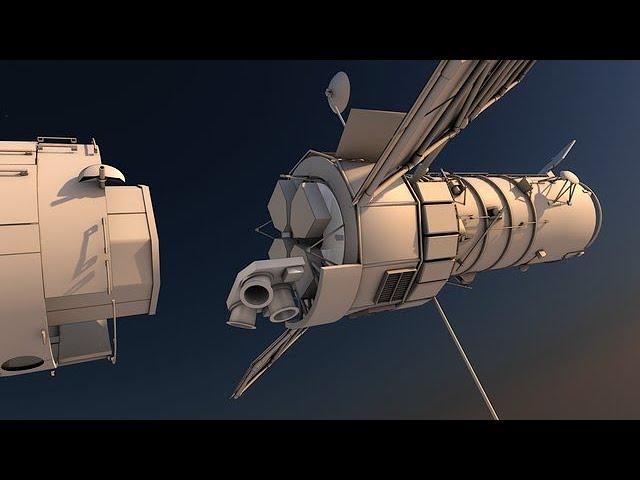
Hubblecast 114: How does Hubble orientate itself in space?
Added 352 Views / 0 LikesThis new Hubblecast episode takes a detailed look into the refined Pointing Control System that allows Hubble to keep its gaze into the Universe firm and steady.More information and download options: http://www.spacetelescope.org/videos/hubblecast114a/Sub
-
01:22
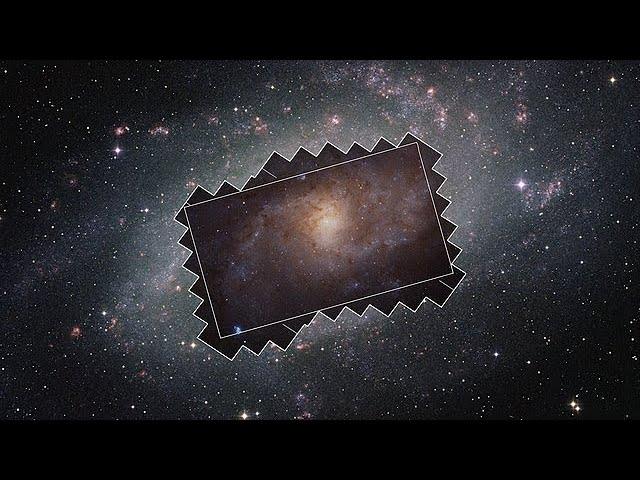
Hubblecast 115 Light: Triangulum Galaxy in unrivalled detail
Added 361 Views / 0 LikesThe NASA/ESA Hubble Space Telescope has captured the most detailed image yet of a the Triangulum Galaxy, a spiral galaxy located at a distance of only three million light-years. The image of our cosmic neighbour is the second largest image ever created wi
-
04:34
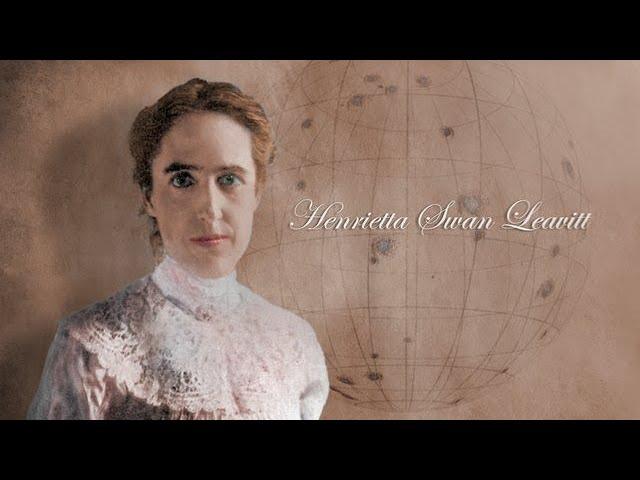
Hubblecast 116: Henrietta Leavitt — ahead of her time
Added 157 Views / 0 LikesBorn in 1868, Henrietta Leavitt was an astronomer ahead of her time, whose work helped to revolutionise our understanding of the Universe. While working at Harvard Observatory, she began to study stars of fluctuating brightness. She made a crucial observa
-
01:19
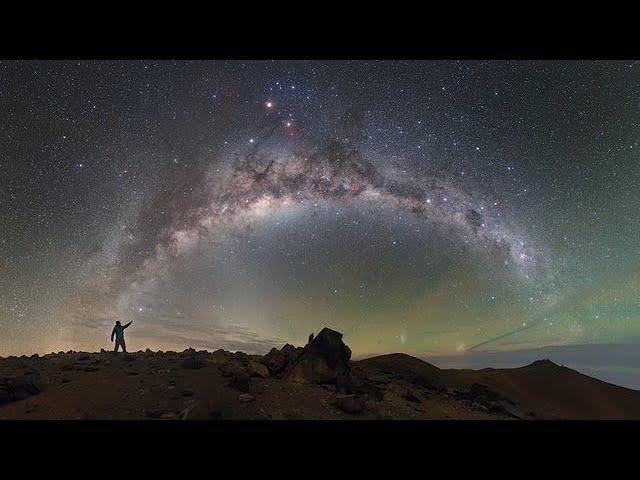
Hubblecast 117 Light: Hubble & Gaia weigh the Milky Way
Added 387 Views / 0 LikesMeasurements from the NASA/ESA Hubble Space Telescope and the ESA Gaia mission have been combined to improve he estimate of the mass of our home galaxy the Milky Way: 1.5 trillion solar masses.You can subscribe to the Hubblecasts in iTunes, receive future
-
06:06
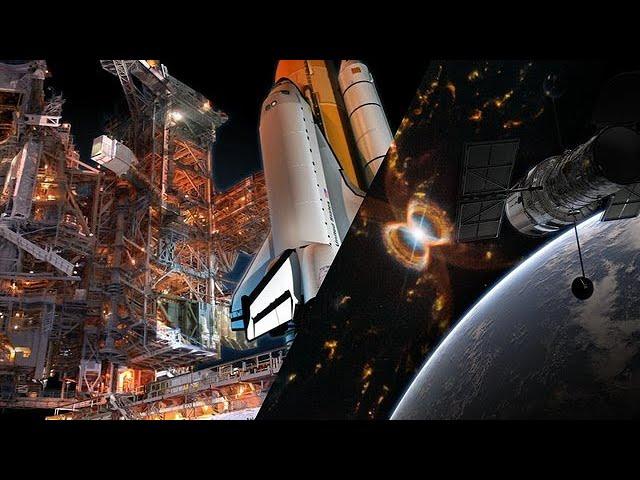
Hubblecast 119: Hubble’s 29th anniversary
Added 390 Views / 0 LikesOn 18 April 2019 Hubble is celebrating its 29th year in space. For this anniversary NASA and ESA dedicated a small amount of its precious observation time to take a look at the beautiful Southern Crab Nebula. This beautiful nebula is created by the ejecte
-
01:31
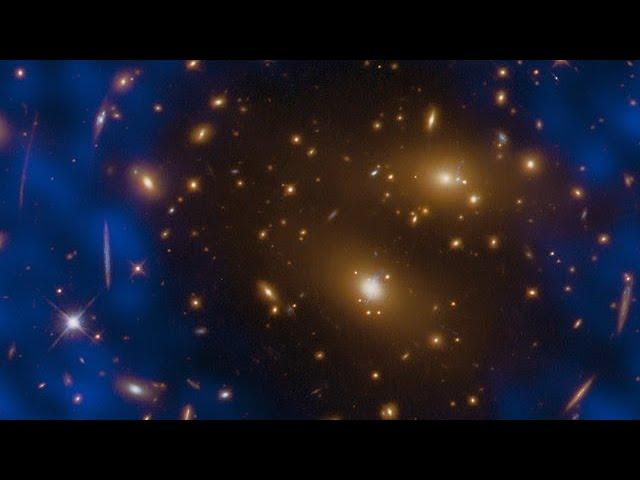
Hubblecast 120 Light: Continued Discrepancy in the Universe's Expansion Rate
Added 339 Views / 0 LikesMeasurements of today's expansion rate do not match the rate that was expected based on how the Universe appeared shortly after the Big Bang over 13 billion years ago. Using new data from the NASA/ESA Hubble Space Telescope, astronomers have significantly
-
05:39
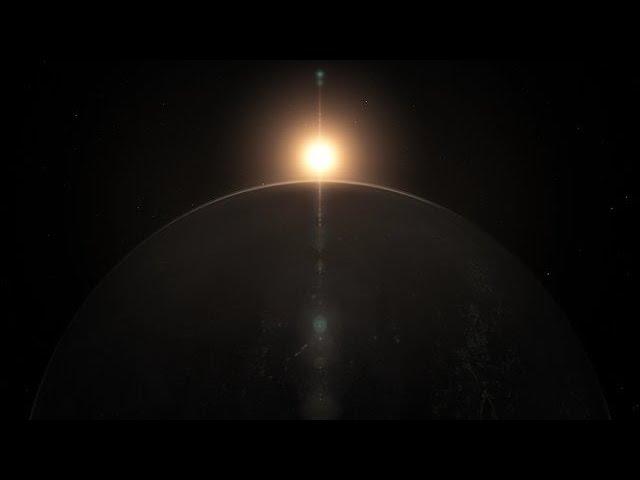
Hubblecast 121: What can we learn from exoplanet transits?
Added 346 Views / 0 LikesThis new Hubblecast episode explores what we can learn through the transits of exoplanets. It also tells us what we have learned from these transits with the help of Hubble and which discoveries we can expect with the NASA/ESA/CSA James Webb Space Telesco
-
01:23
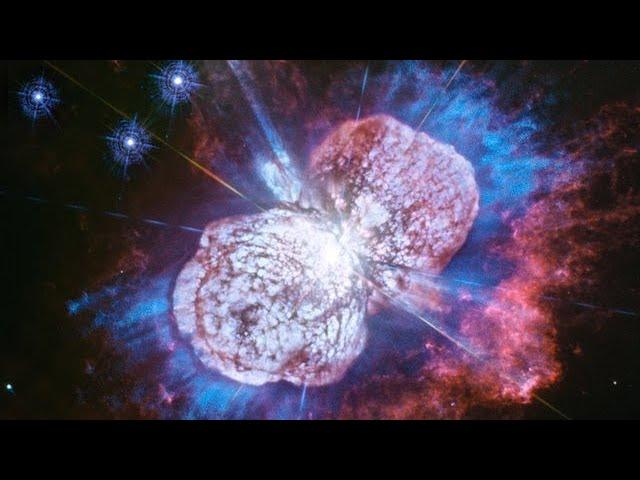
Hubblecast 122 Light: The Evolution of Eta Carinae
Added 333 Views / 0 LikesThis Hubblecast explores the various observations the NASA/ESA Hubble Space Telescope has made of the Eta Carinae in various wavelengths.More information and download options: http://www.spacetelescope.org/videos/heic1912a/Subscribe to Hubblecast in iTune
-
01:24
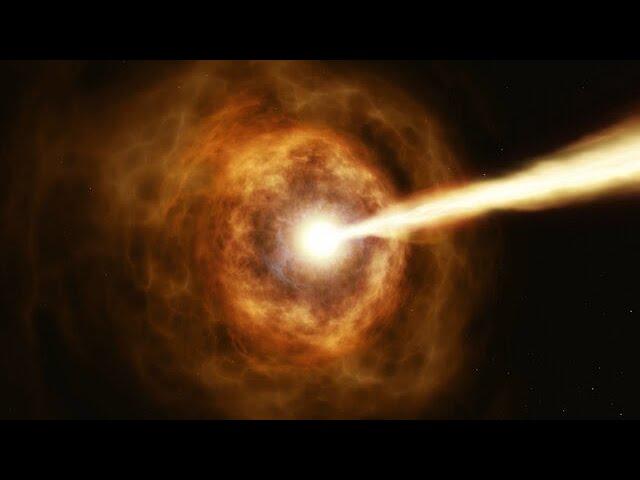
Hubblecast 125 Light: Hubble Studies High-Energy Gamma Ray Burst
Added 333 Views / 0 LikesNew observations from the NASA/ESA Hubble Space Telescope have investigated the nature of the powerful gamma-ray burst GRB 190114C by studying its environment.Hubble’s observations suggest that this particular burst displayed such powerful emission becaus
-
04:48
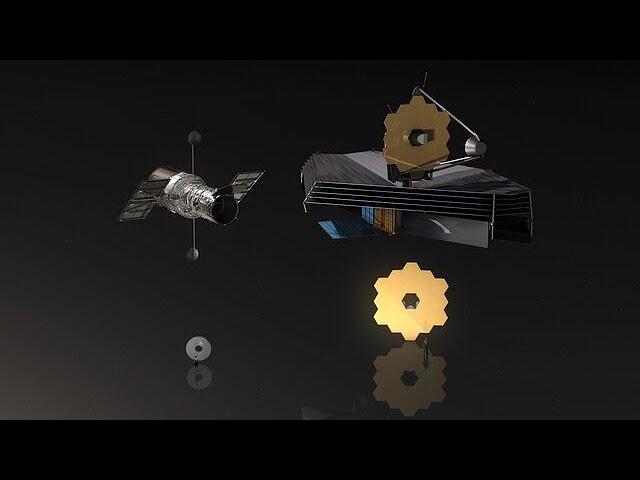
Hubblecast 126: From Ultraviolet to Infrared: Comparing the Hubble and James Webb Space Telescopes
Added 303 Views / 0 LikesThis Hubblecast explores how the NASA/ESA Hubble Space Telescope’s observations differ across different wavelengths of the electromagnetic spectrum, and how these observations will be complemented by those of the upcoming NASA/ESA/CSA James Webb Space Tel
-
17:22
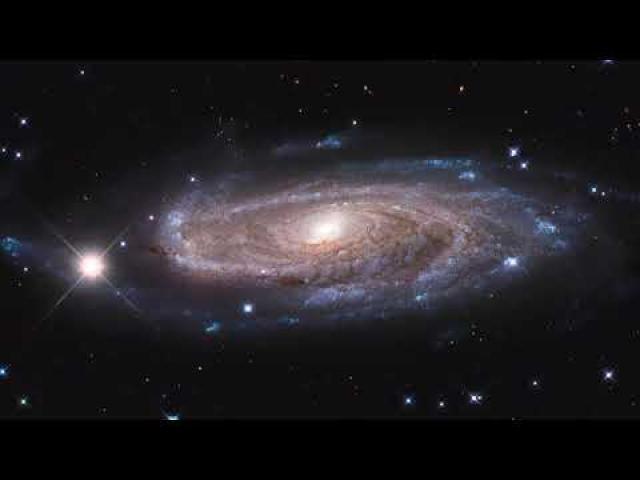
Hubblecast 128: 30 Years of Science with the Hubble Space Telescope
Added 323 Views / 0 LikesOn 24 April 1990 the NASA/ESA Hubble Space Telescope was sent into orbit aboard the space shuttle Discovery, the first space telescope of its kind. It offered a new view of the Universe and has, for 30 years, reached and surpassed all expectations, beamin
-
11:49
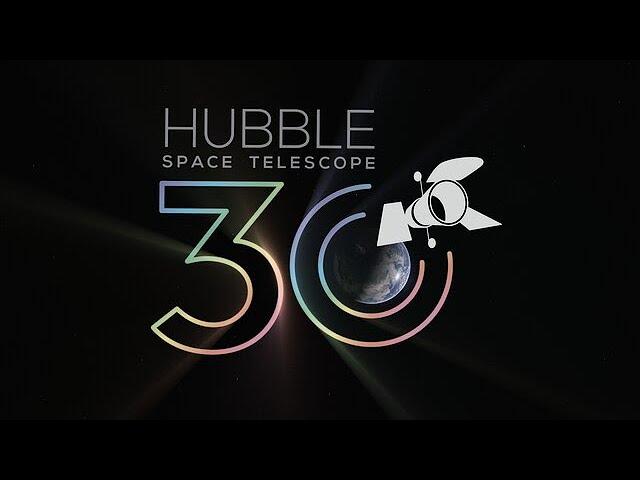
Hubblecast 129: Hubble’s Collection of Anniversary Images
Added 360 Views / 0 LikesEach year, the NASA/ESA Hubble Space Telescope dedicates a small portion of its precious observing time to taking a special anniversary image, showcasing particularly beautiful and meaningful objects. These images continue to challenge scientists with exc
-
01:26
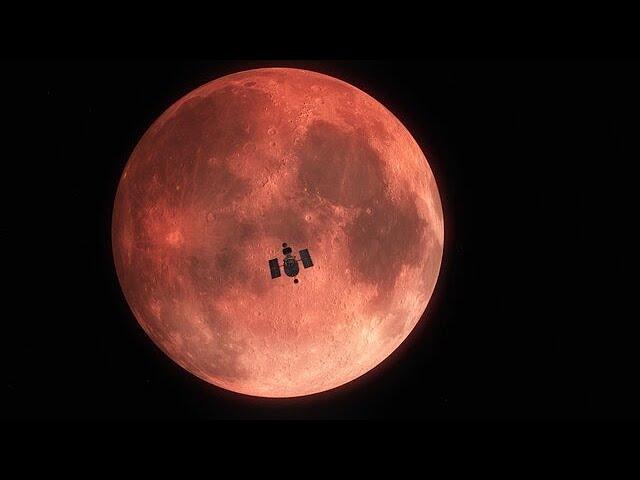
Hubblecast 130 Light: Hubble Studies the Earth during a Total Lunar Eclipse
Added 296 Views / 0 LikesTaking advantage of a total lunar eclipse in January 2019, astronomers using the NASA/ESA Hubble Space Telescope have measured the amount of ozone in Earth’s atmosphere. This method serves as a proxy for how they will observe Earth-like planets around oth
-
05:18
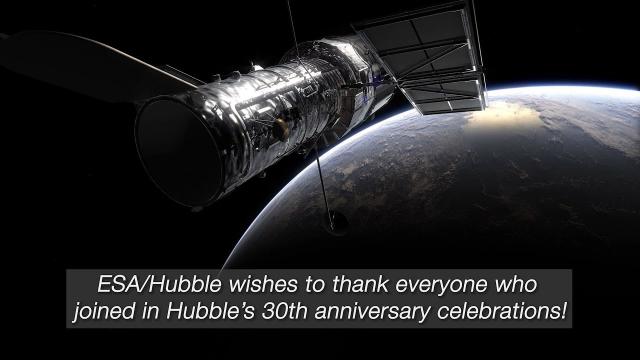
Hubblecast 131 Special: Showcase of Hubble's 30th Anniversary Artistic Creations
Added 238 Views / 0 LikesOn 24 April 2020, the NASA/ESA Hubble Space Telescope celebraetd its 30th anniversary. ESA/Hubble invited the general public to submit Hubble-themed artistic creations to celebrate this special milestone. Submissions received included drawings, paintings,
